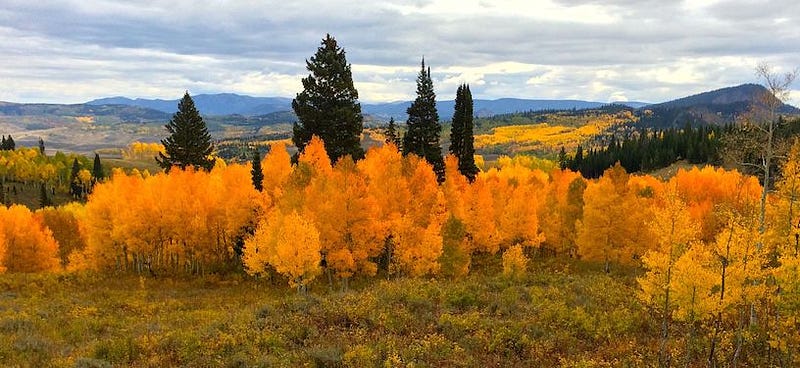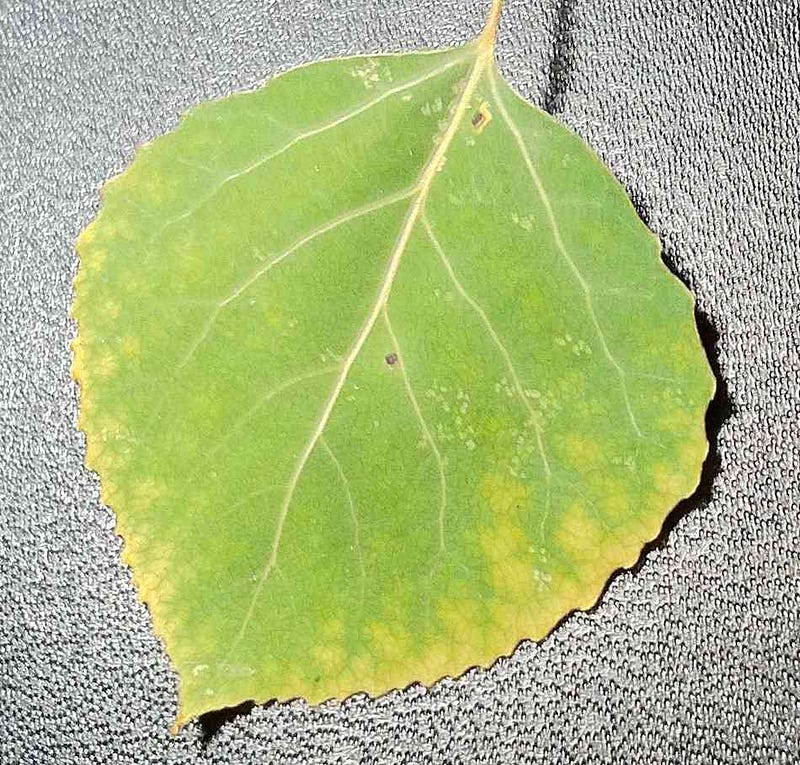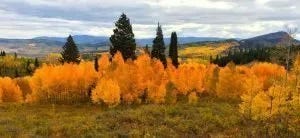The Golden Transformation of Aspen Trees in Autumn
Written on
Chapter 1: The Arrival of Fall
As the year transitions into fall, Aspen trees announce the season with a stunning display of golden leaves. In the Rocky Mountains of Colorado, the variety known as the “trembling” or quaking aspen stands out. Its broad leaves and flat stems create a fluttering effect in the breeze. This tree, scientifically classified as Populus tremuloides, attracts many tourists who flock to Colorado for its breathtaking autumn colors, reminiscent of the fall foliage tours in New England.

The transformation of color begins first at the higher elevations. For instance, at 9,800 feet, the aspens reach their peak color early in September, while at my home, situated at 6,500 feet, the leaves have just started shifting from green to a shimmering gold. This seasonal change occurs as the production of chlorophyll diminishes, revealing the vibrant yellows, oranges, and reds of carotenoids and anthocyanins within the leaves.
Section 1.1: The Unique Growth of Aspens
Aspens are remarkable for their tendency to grow in extensive communal groves, known as clonal colonies, originating from a single seedling. They proliferate through roots that sprout above ground as root suckers. For instance, in my own yard, these suckers can extend several feet, emerging right in the middle of my lawn. Initially mistaken for weeds, they resist conventional herbicides and must be manually uprooted.

In the Colorado Rockies, early snowfall can occur before the aspens have fully changed color. If the first snow arrives before the autumn equinox, the delicate leaves might wither before achieving their golden hue. Conversely, some years see snow fall after the leaves have changed, creating a picturesque scene of golden foliage blanketed by snow.
Subsection 1.1.1: Resilience of Aspens

An individual aspen tree may perish, yet its root system can survive, sending up new shoots nearby. This characteristic allows the grove to endure even severe forest fires. However, in urban environments, aspens typically live only 25 to 40 years, with several trees on my property having succumbed over my three decades of residence. In contrast, at higher elevations, they can thrive for nearly a century, with their root systems potentially lasting even longer.
Section 1.2: The Enormous Pando Colony
Many aspen colonies expand year by year, covering vast tracts of land. One of the oldest known colonies, named Pando—which means "I spread"—is located in Utah and is thought to be thousands of years old. This colony, found in Fishlake National Forest, is recognized as one of the largest living organisms on the planet, spanning 107 acres and weighing around 6,000 tons.
The first video titled "Speaking Through the Aspens" explores the unique communication and characteristics of aspen trees, shedding light on their ecological significance.
The second video, "Tree Talk: Quaking Aspen," delves into the fascinating biology of quaking aspens, providing insights into their growth and environmental role.
For you shall go out in joy and be led forth in peace; the mountains and the hills before you shall break forth into singing, and all the trees of the field shall clap their hands. - Isaiah 55:12
Bill Petro, your friendly neighborhood historian billpetro.com Subscribe to receive future articles directly in your inbox. If you liked this piece, feel free to leave a comment.